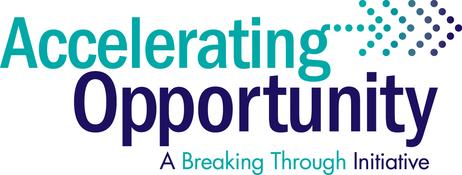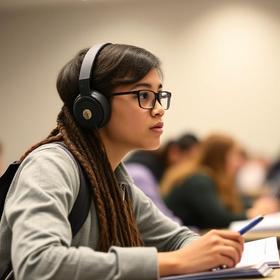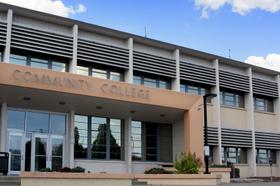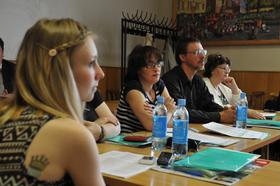Community college students in California who are struggling to make ends meet and pay their tuition bills may get a boost this academic year. The Foundation for California Community Colleges has set up a permanent scholarship fund of nearly $68 million to provide students with the financial aid they need to continue their education. The endowment fund is a culmination of three years of fundraising work that started with a gift from the Bernard Osher Foundation.
About the Scholarship
Three years ago, the Bernard Osher Foundation gave the Foundation for California Community Colleges a gift of $25 million to begin a scholarship fund for community college students. According to a press release on the Foundation for California Community Colleges website, the Bernard Osher Foundation was founded in 1977 by Bernard Osher to support higher education and the arts. In addition to the initial gift, the foundation also promised to match the colleges' funds.
The L.A. Times reports that California’s 112 community colleges worked together for three years to raise $28.5 million for the scholarship fund. This allowed the Bernard Osher Foundation to contribute an additional $14.2 million to the endowment, which brought the grand total in the scholarship fund to $67.7 million. The scholarship fund is designed to provide financial aid to thousands of California community college students annually.
According to a San Francisco Business Times report, this fund is the biggest system-wide community college endowment in the United






















